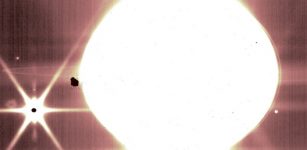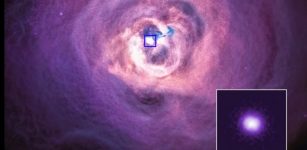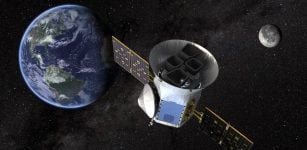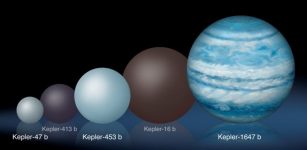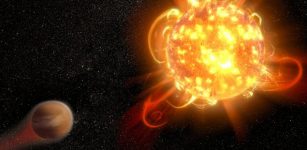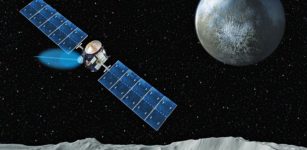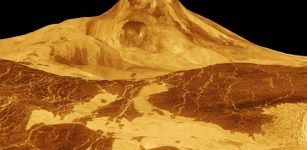Doomed Moons Of Uranus – Cupid And Belinda Are On Collision Course
MessageToEagle.com – They say there is no way to escape your fate. That is certainly true for Cupid and Belinda, two of the mysterious inner moons of Uranus that are on collision course.
Death is imminent, and just like in Shakespeare, Cupid and Belinda are players in a cosmic tragedy, but their destruction can solve a long mystery…
Uranus is the seventh planet from the Sun. It has the third-largest planetary radius and fourth-largest planetary mass in the Solar System.
The planet was named after the ancient Greek deity of the sky Uranus, the father of Cronus and grandfather of Zeus.
Uranus has 27 moons that we know of. Five of the moons are large and the rest are much smaller. Oberon and Titania are the largest Uranian moons, and were first to be discovered by William Herschel in 1787.
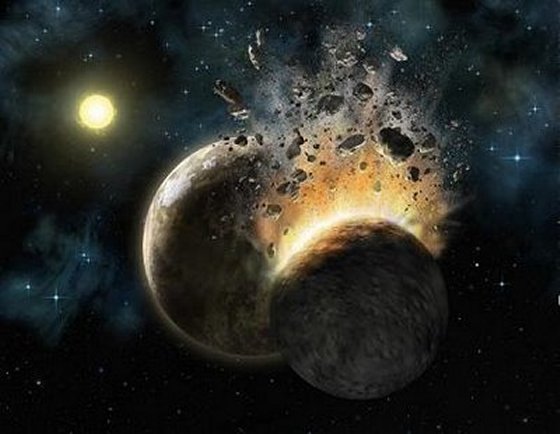
Uranus’ moons are unique in being named for Shakespearean characters. With so many moons in close orbit to the planet, it believed that the inner moons would bump into each.
New Scientist reports that: Robert French and Mark Showalter of the SETI Institute decided to run orbital simulations to see if the new moons were also in danger.
The result: “Something bad always happened,” French says. “Almost no matter what assumptions we make, Cupid is going to die.”
The most important plot points are the moons’ orbits and their masses, which reveal how they will affect each other via gravitational interactions.
But the moons are so small and dim that little is known about them except for their sizes and their relative positions when telescopes happened to be looking.
French and Showalter ran thousands of simulations to see if a trend emerged, varying the masses of the moons and re-calculating their orbits each time.
They checked the solutions to see if any moons crossed orbits, a sign that they are nearly certain to collide.
“It almost didn’t matter what the masses were: certain pairs of moons almost always crossed orbits on very short time stamps,” says French.
“There were never systems where it was stable and nothing happened.”
Even though Cupid will die, it will not happen for a long time. Based on the researchers’ calculations, sometime between 1000 and 10 million years from now, depending on initial conditions, Cupid is expected to smack into the larger moon Belinda.
“What happens next depends a lot on the moons’ as-yet-unknown compositions. They could bounce off each other, stick together or break apart into tiny pieces.
In some settings, French and Showalter assume Cupid and Belinda will merge to form a single moon called CupBel. From there, the next pair of doomed moons is Cressida and Desdemona, fated to crash in 100,000 to 10 million years.
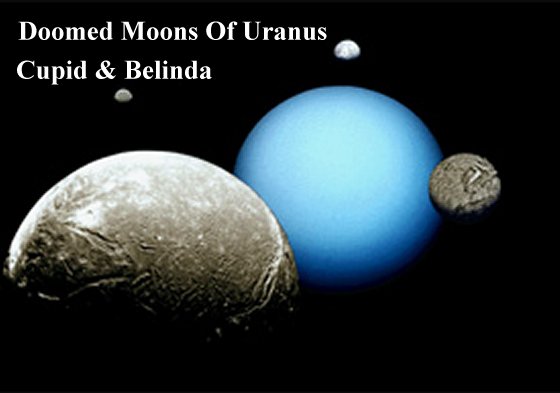
If those moons merge, the resulting body, Cresdemona, takes out the moon Juliet, and CupBel collides with Perdita,” New Scientist reports that: Robert French and Mark Showalter of the SETI Institute decided to run orbital simulations to see if the new moons were also in danger. writes.
Cupid’s and Belinda’s crash into each can solve one of Uranus great mysteries..
Uranus has a small, faint ring in an anomalous place, just inside the orbit of Cupid. That moon, meanwhile, has such a short life expectancy that French is surprised it exists.
“So we have this ring that shouldn’t be there because it should be a moon, and a moon that shouldn’t be there because it should smack into something and create a ring,” he says. “Perhaps there is a cycle going on.”
French suggests that the inner moons and rings are constantly recycling in a process similar to what’s happening in Saturn’s F ring.
“Maybe this isn’t the end of Cupid’s life,” he says. “Maybe it’s the middle or the beginning, and it’s just not going to last very long.”
A long time ago, our solar system was also as chaotic as what’s happening now around Uranus. Mercury, Venus, Earth and Mars grew from a series of collisions with smaller planets, gradually gaining in size as they absorbed the smaller objects.
Debris from these enormous impacts were scattered back into space, mixing with the dust and gas surrounding the forming planets, but eventually everything found its place, and perhaps one day in the distant future the moons of Uranus will also find peace in a different form…
One cannot deny that the story of Cupid and Belinda is just as dramatic as one of William Shakespeare’s plays.
MessageToEagle.com based on information provided by New Scientist



